

Self-Guided CAMPUS WALKING TOUR
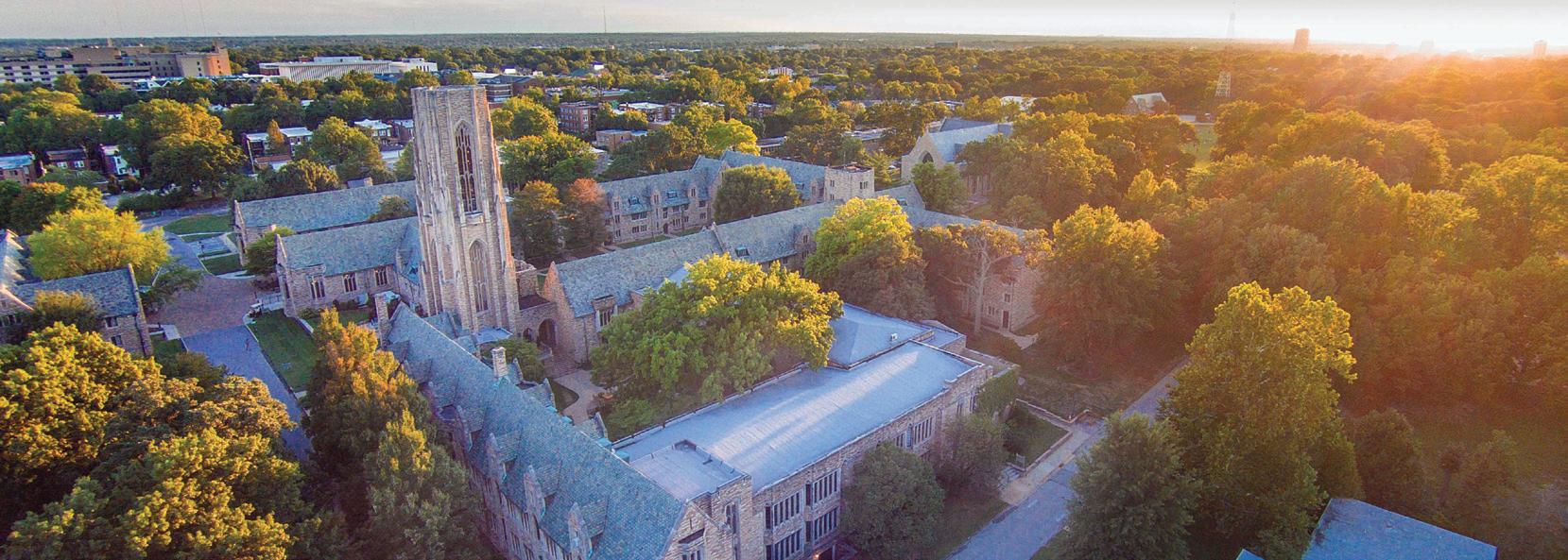
Welcome!
We are delighted you are here and invite you to use this self-guided tour to learn more about some of our more significant buildings and other landmarks across campus. Take as much time as you like as you admire and learn more about our campus architecture, our buildings, our history and our landmarks. You may also want to enjoy the wooded and landscaped grounds, including Concordia Park, located just to the east of campus.
Please note that this tour is exterior only. We invite you to come back to campus and schedule a guided tour that will provide even more details about our campus and give you a view of some of our most prized interior spaces. Information is provided at the end of this brochure about scheduling a guided tour.
About Concordia Seminary
Concordia Seminary exists so the Good News of Jesus Christ can be proclaimed in this land and in every land, in this generation and to coming generations.
Today, Concordia Seminary is one of two private seminaries of The Lutheran Church—Missouri Synod (LCMS), preparing men for the holy ministry of Word and Sacrament in the LCMS, preparing women through its Deaconess Studies program and offering advanced degree programs to qualified students of theology. Concordia Seminary also serves as a center for theological research, scholarship and continuing education.
Since its inception, Concordia Seminary has provided more than 13,000 professional workers for the church.
HALL 1 2 3
B C G C
KOBURG HALL WELCOME CENTER (START TOUR)
KRISTINE KAY HASSE MEMORIAL LIBRARY
1. Fountain
DThe fountain on the north side of the Kristine Kay Hasse Memorial Library was initially constructed to serve as part of the library’s temperature and humidity control system. While it no longer is needed for this purpose, the fountain is renowned for its beauty. Swimming in the fountain is not permitted; however, it is an unofficial tradition for first-year residential Ministerial Formation students to jump in to celebrate the completion of their Greek course.
2. Library
The Seminary’s library, located in Fuerbringer Hall, was built in 1962. The Generations Campaign resulted in the $6-million transformation of the library, which was completed in 2018 and named in memory of Kristine Kay Hasse, the daughter of Glenn and Kay Hasse. The Hasses of Naples, Fla., provided the lead gift for the library’s yearlong renovation. Today, the library contains more than 270,000 volumes and is North America’s second-largest Lutheran library. It houses more than 6,000 items in the rare book collection, including one of the largest collections of Lutheran Reformation reference materials and other items of historical significance, including J.S. Bach’s personal Bible. 1 2 3
FOUNTAIN
LOG CABIN
3. Log Cabin
Just east of the library sits a replica of the original Concordia Seminary — a log cabin. Built in the late 1930s to celebrate the institution’s centennial birthday, the replica of the original school, known as the “Log Cabin College,” served as part of the film set for the 1938 movie “The Call of the Cross” about the life of Dr. C.F.W Walther, the Seminary’s first president. The original 20-by-17-foot log cabin school, which German immigrants built in 1839 in Perry County, Mo., is listed on the National Register of Historic Places and is located in Altenburg, Mo., where it was moved in 1912.
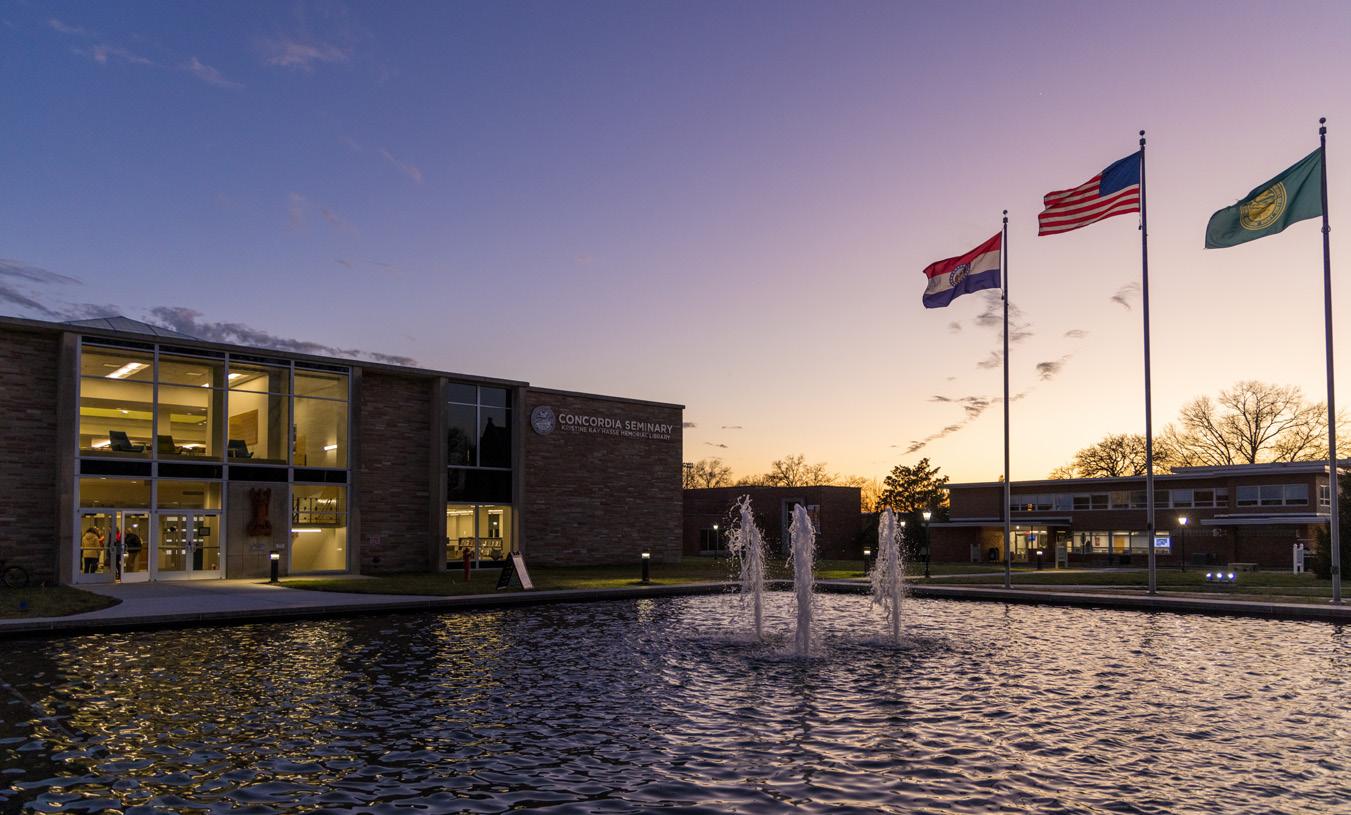
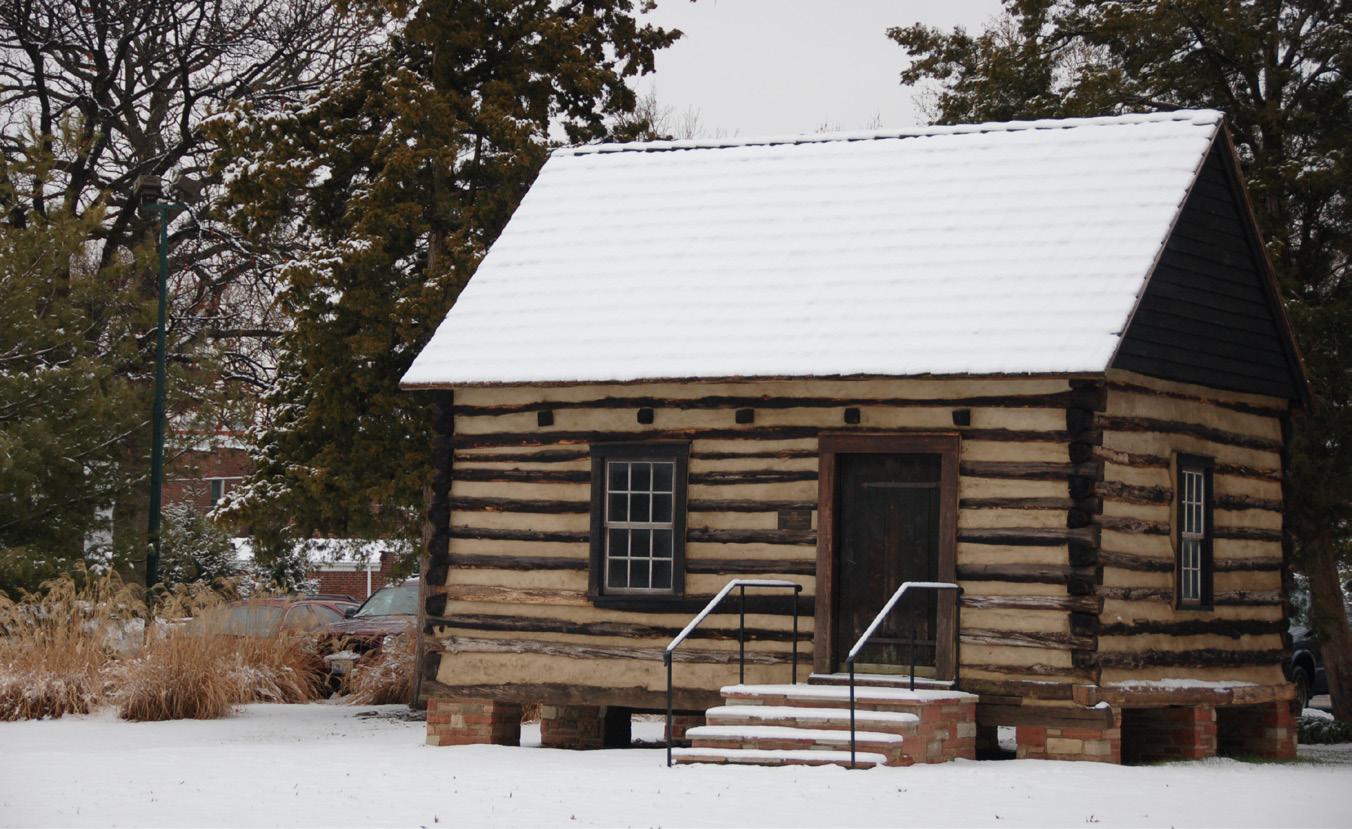
5 6
4
4. President’s Plaza
1
ISO PLAZA
Near the Walther Archway is the bell from the Seminary’s former Jefferson Avenue campus in St. Louis, where it was used from 1883 to 1926. It was later moved to the Seminary’s current campus. It is mounted on a solid slab of Indiana bluff limestone. The plaza is located just outside of the offices of the Seminary president, thus the name, President’s Plaza.
5. Luther Statue
On the east side of campus stands a replica of the original Martin Luther statue in Worms, Germany. The bronze statue is over 9 feet tall, and the granite base is over 12 feet tall. First dedicated at the old Seminary campus in downtown St. Louis in 1903, the statue depicts Luther holding the Bible, which he translated into German from the original languages. His right hand rests upon the Bible to signify that all his teachings are based on Scripture alone.
6. Cornerstone
The first stone for the Seminary’s campus was placed by Professor Theodore Graebner and the building committee Sunday, Oct. 26, 1924. It was laid when construction began on the Seminary’s current 72-acre site in suburban Clayton, Mo., and is located on the lower level of Pieper Hall facing east toward Concordia Park. The cornerstone, labeled “1924,” sits directly beneath a sign reading “Pieper Hall Administration.”
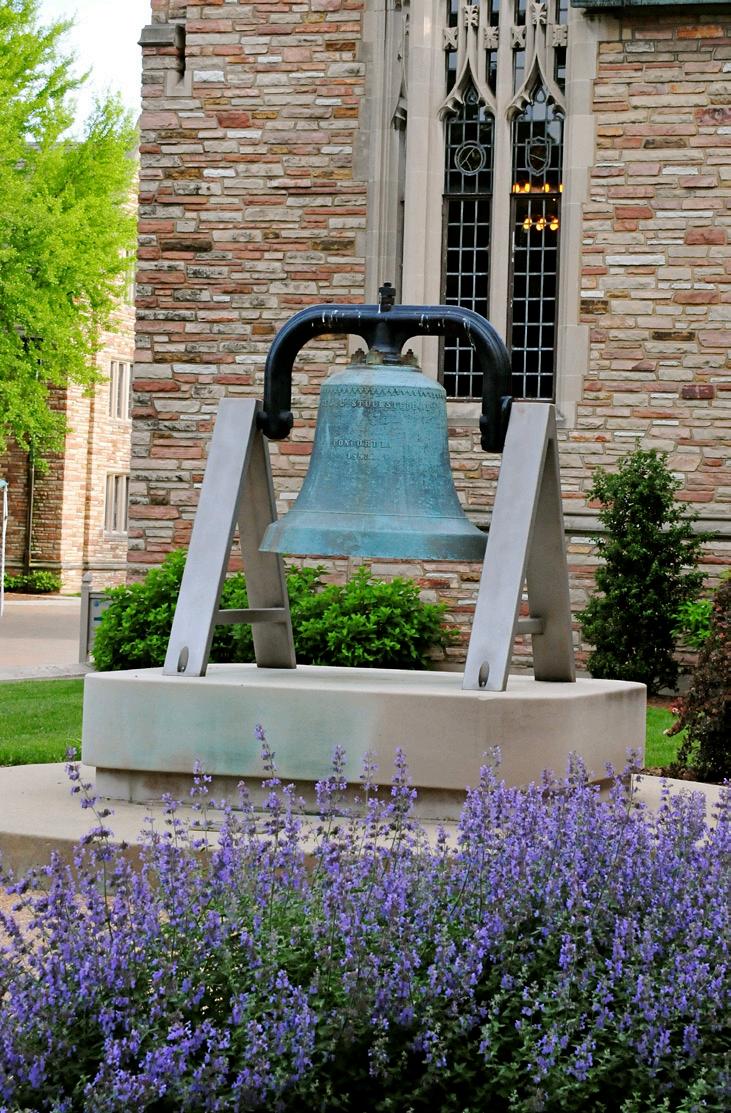
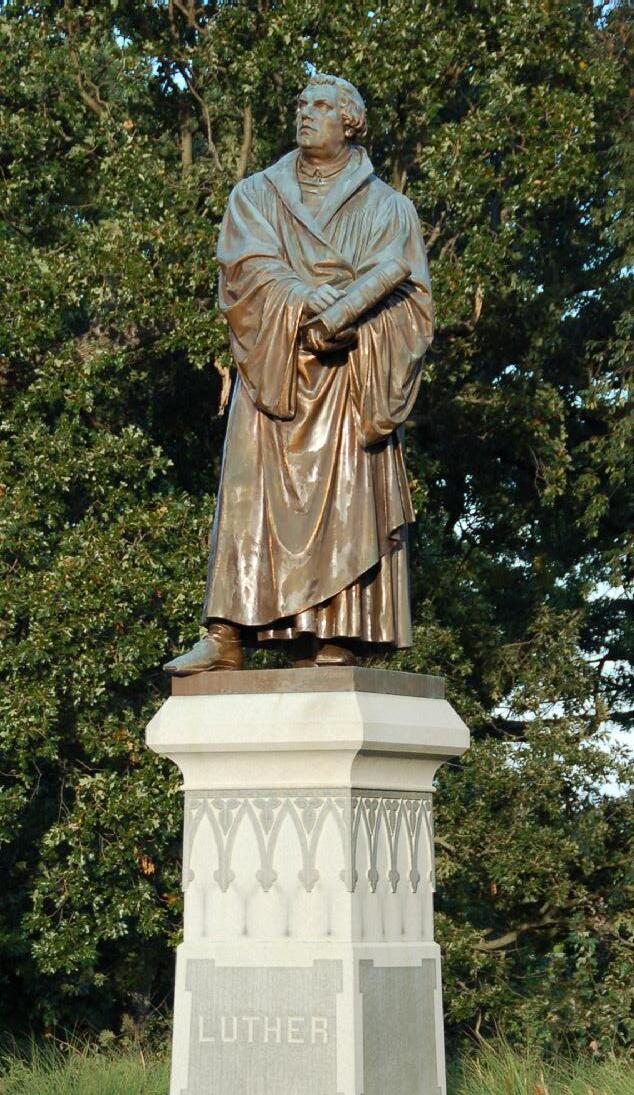
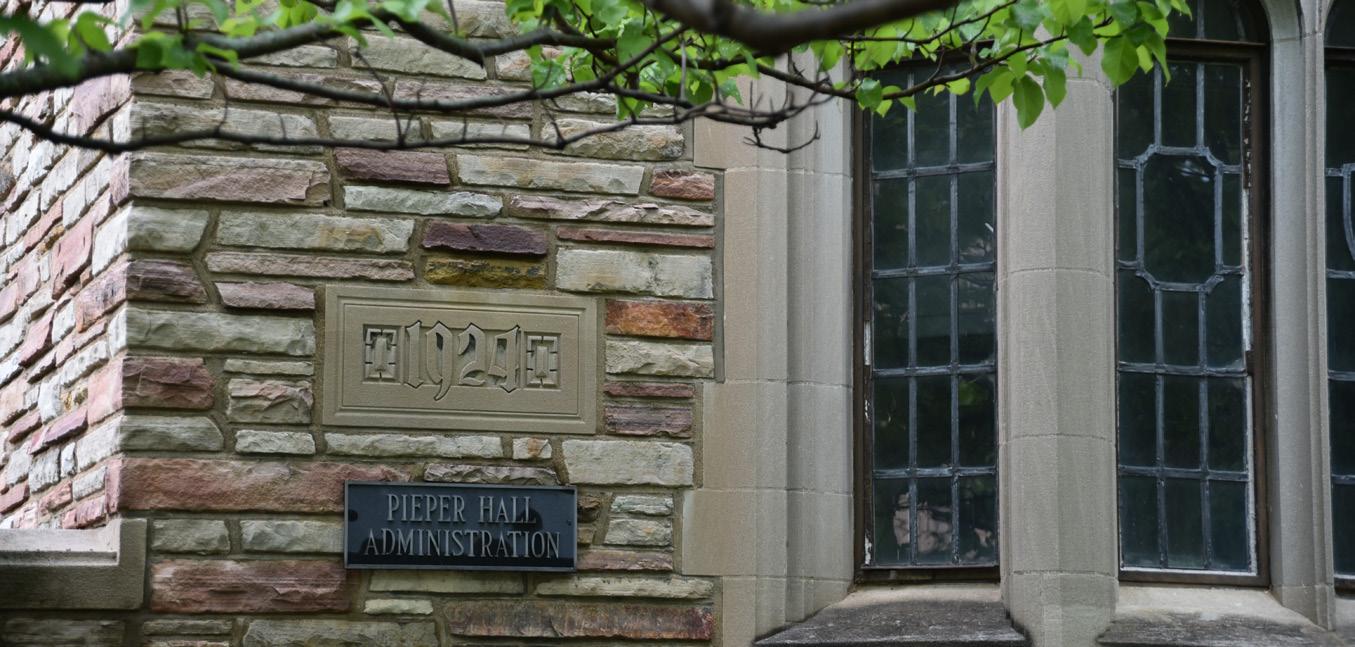
7. Luther Tower and the Carillon
ISO PLAZA
Located on the east side of the Seminary’s Main Quadrangle, Luther Tower, designed by Charles Klauder and standing 156 feet tall, rises above the campus. It is the Seminary’s most iconic symbol. Although included in the original 1922 plans for the campus, the tower was not completed until 1966 when the Seminary secured funding for its construction. Atop Luther Tower is a 49-bell carillon, which chimes before chapel services and on special occasions.
8. Walther
Archway
Look up when you walk under Luther Tower and prepare to be amazed at the beautiful architecture of the Walther Archway. The archway is named after Dr. C.F.W. Walther (1811-87), who co-founded and taught at Concordia Seminary’s original site in Perry County, Mo. Walther served as the Seminary’s first president from 1850 until his death and as the president of the Synod from its founding in 1847 until 1850. In 1864, he was again elected Synod president and served until 1878.
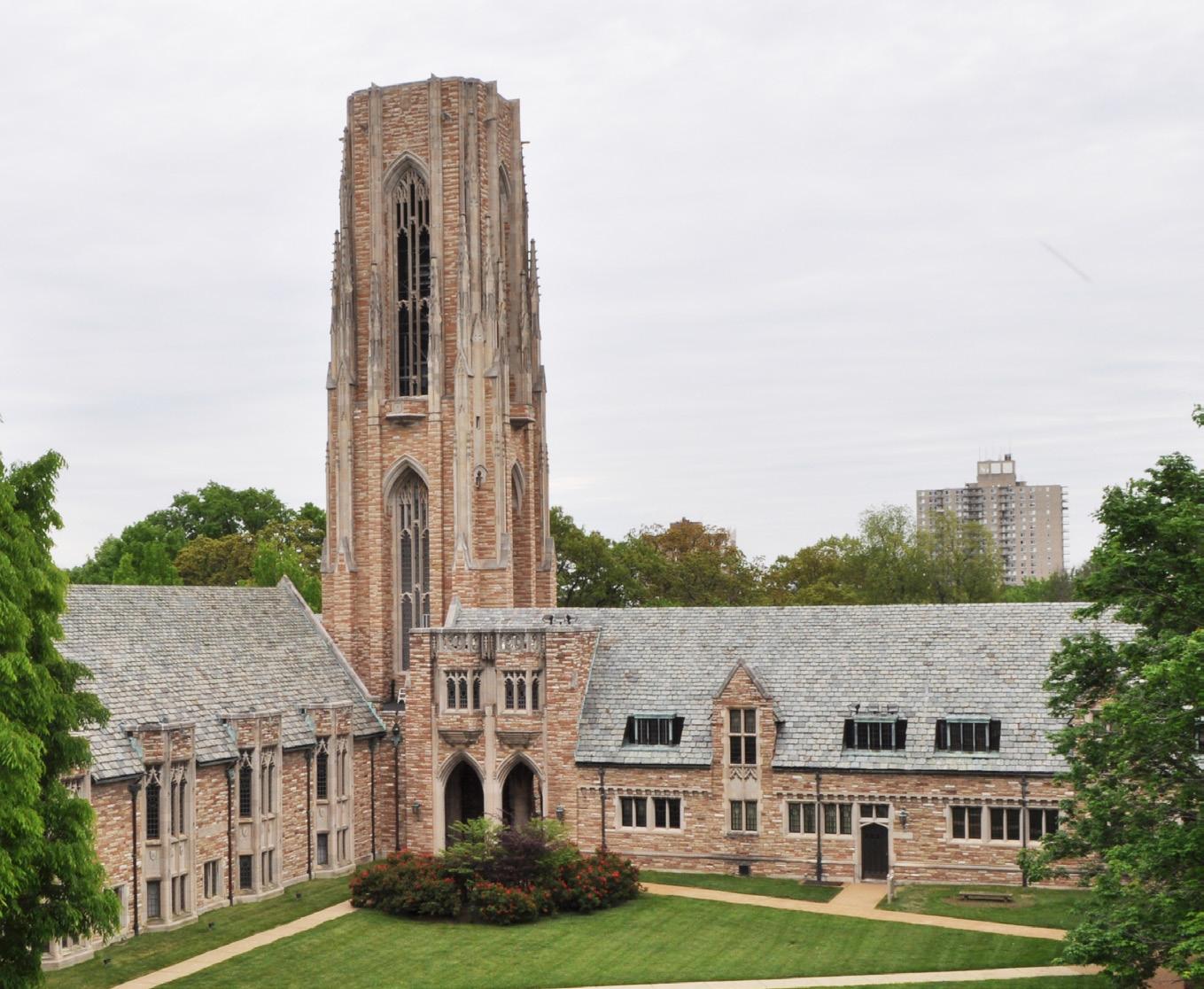
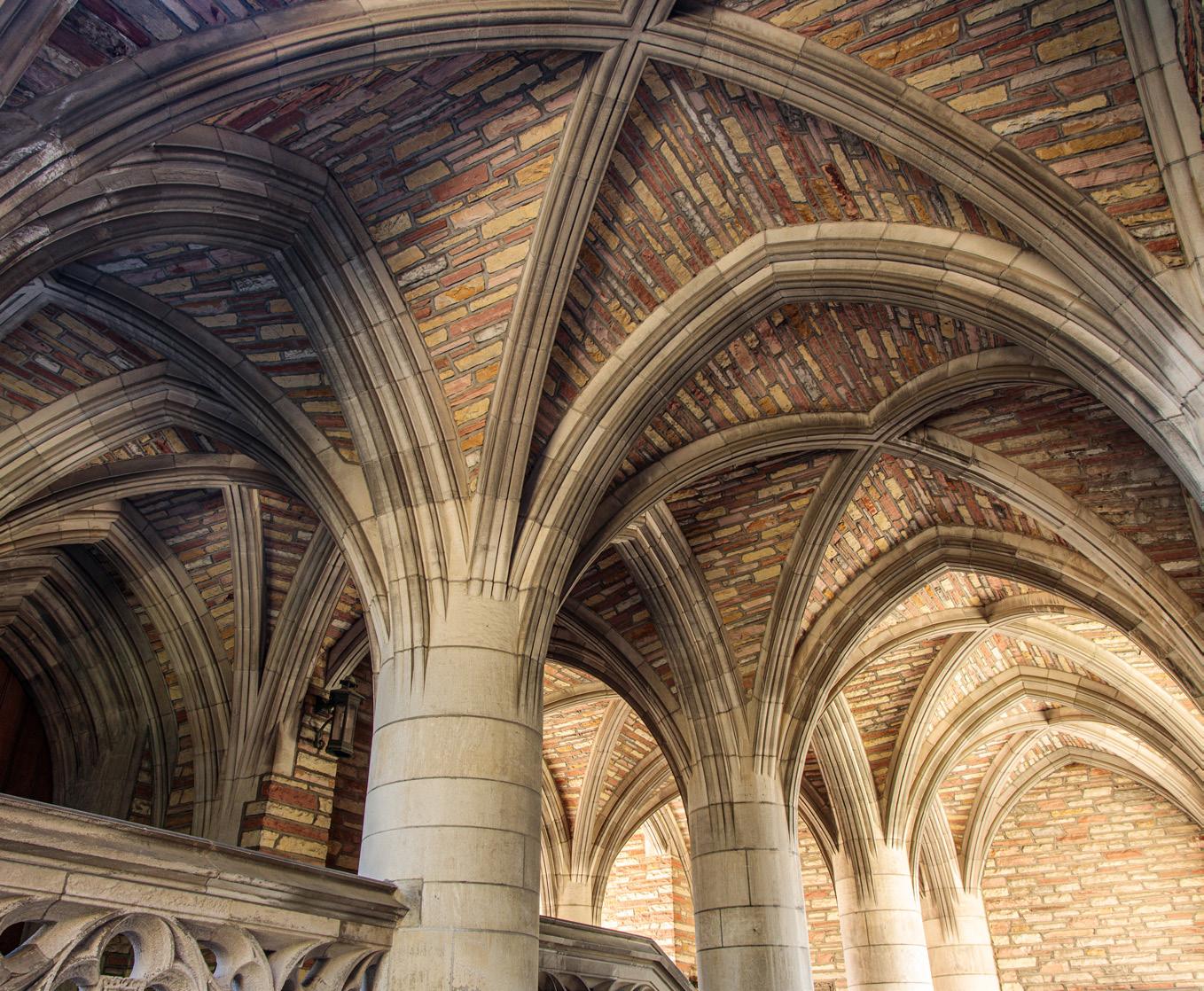
9. Academic Quadrangle
Through the Walther Archway to the north is the Academic Quadrangle, a peaceful garden rimmed by flowering bushes and shrubs that also features a small koi pond constructed by seminarians. Students, faculty and staff often engage in conversation, study and contemplation here. Werner Auditorium, where the Seminary hosts classes and public events, and Wyneken Hall and Pieper Hall — which contain classrooms, faculty and administrative offices — border the area.
10. Main Quadrangle
Centrally located in the middle of the Seminary’s campus is the Main Quadrangle, which is bordered on all four sides by Collegiate Gothic buildings that were constructed as part of the original campus completed in 1926. Today, the quad is most famously known for hosting Commencement exercises each spring.
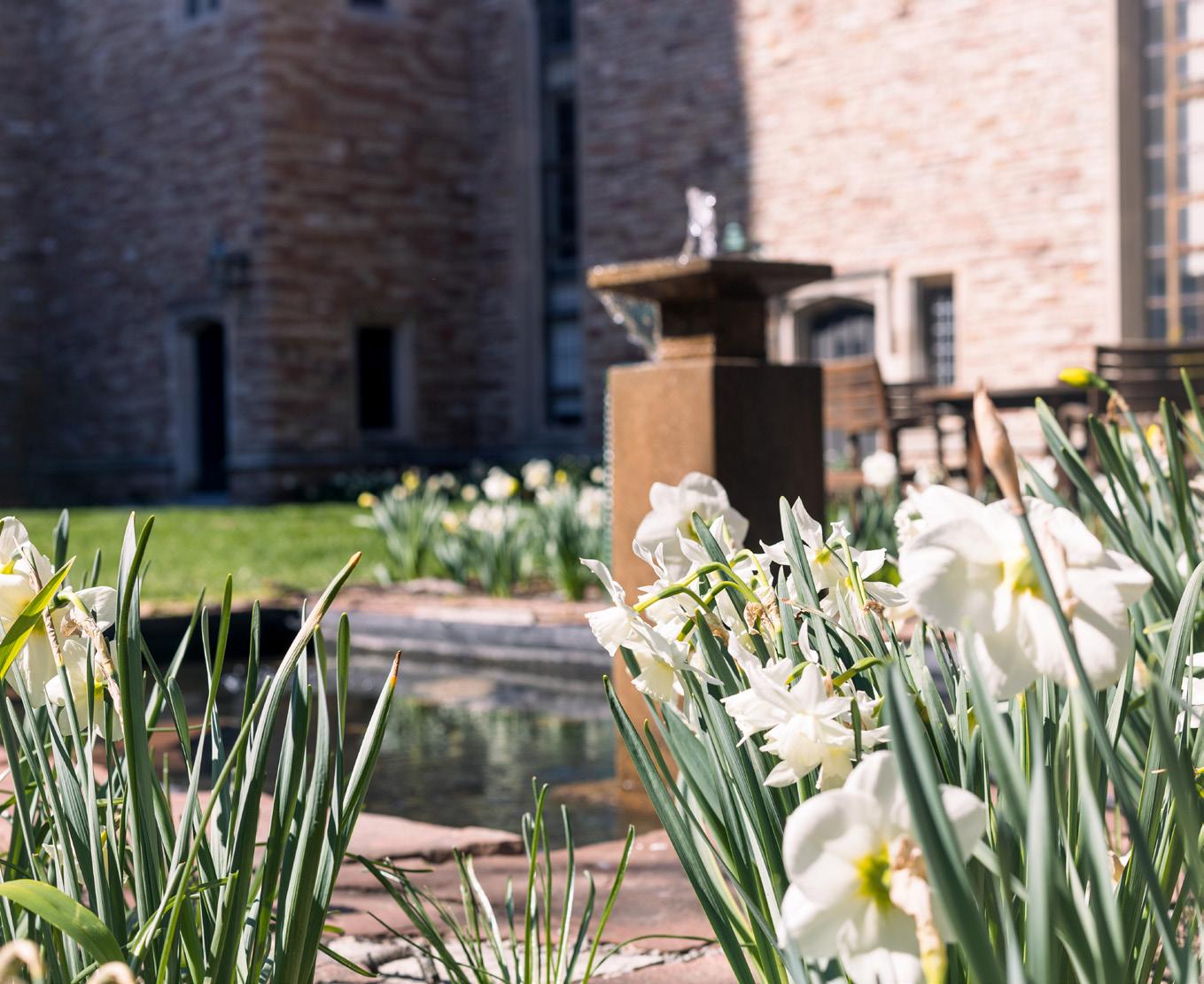
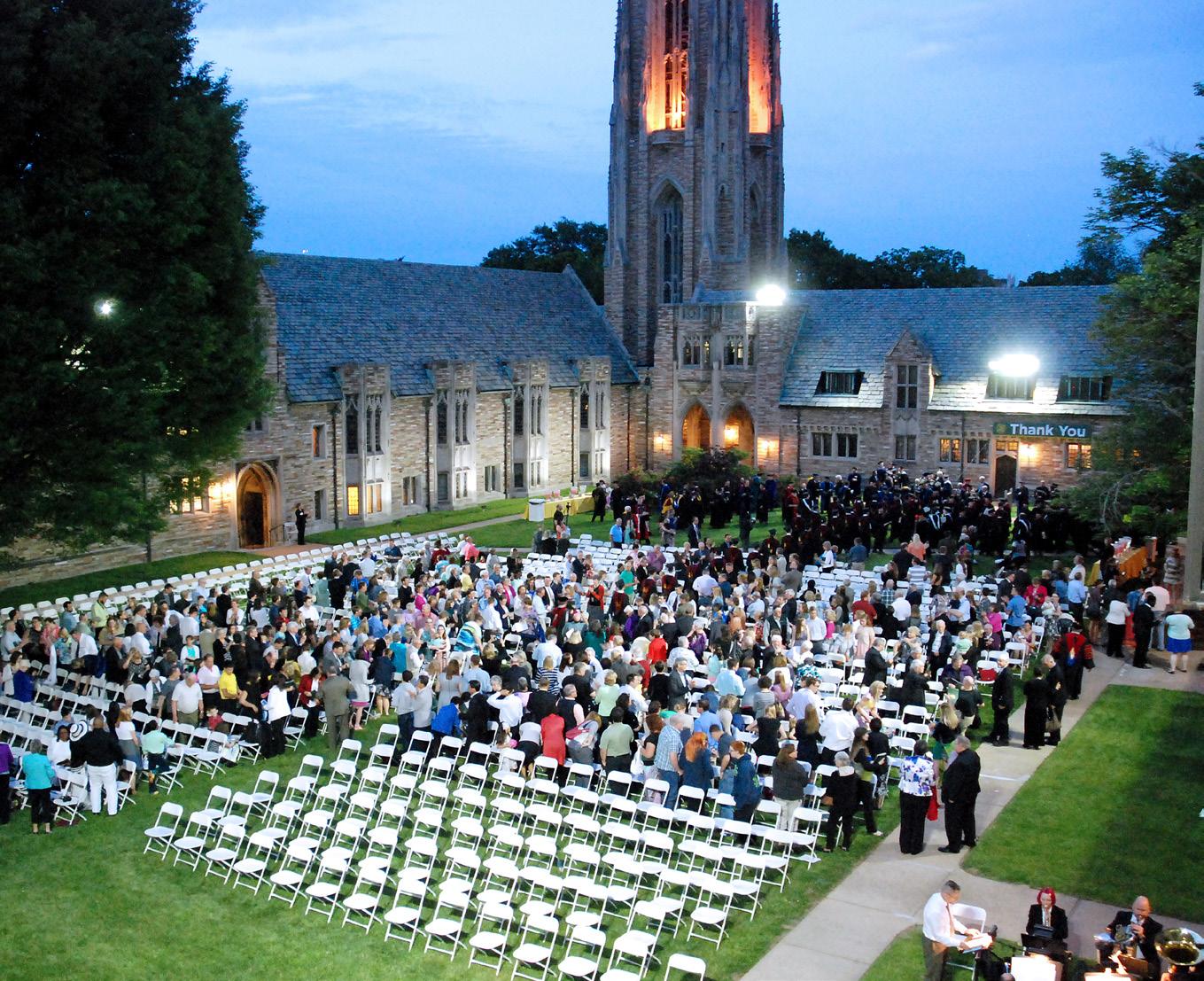
11. Chapel of St. Timothy and St. Titus
Since its dedication in 1992, the chapel has served as the site of thousands of daily services and numerous special events. It was intentionally constructed in the center of campus — reflecting the Seminary community’s emphasis on worship as a central activity of its life and being. Designed to respect the Collegiate Gothic design of the Seminary campus in terms of form, proportion and materials, it features 407 tons of stone. Some of the stone came from Perry County, Mo., where Concordia Seminary was founded in 1839. A long-abandoned chimney built for a brewery there and made of the same Wittenberg brownstone was donated to the Seminary, dismantled, moved and incorporated into the chapel walls.
DDCIn 2020, stained glass windows depicting the Christian story, which culminates in the chancel window’s display of the risen Christ, were installed throughout the chapel thanks to a generous gift from the Eugene E. and Nell S. Fincke Memorial Trust. You can learn more about the stained glass windows at csl.edu/chapel-stained-glass.
CAMPUS STORE
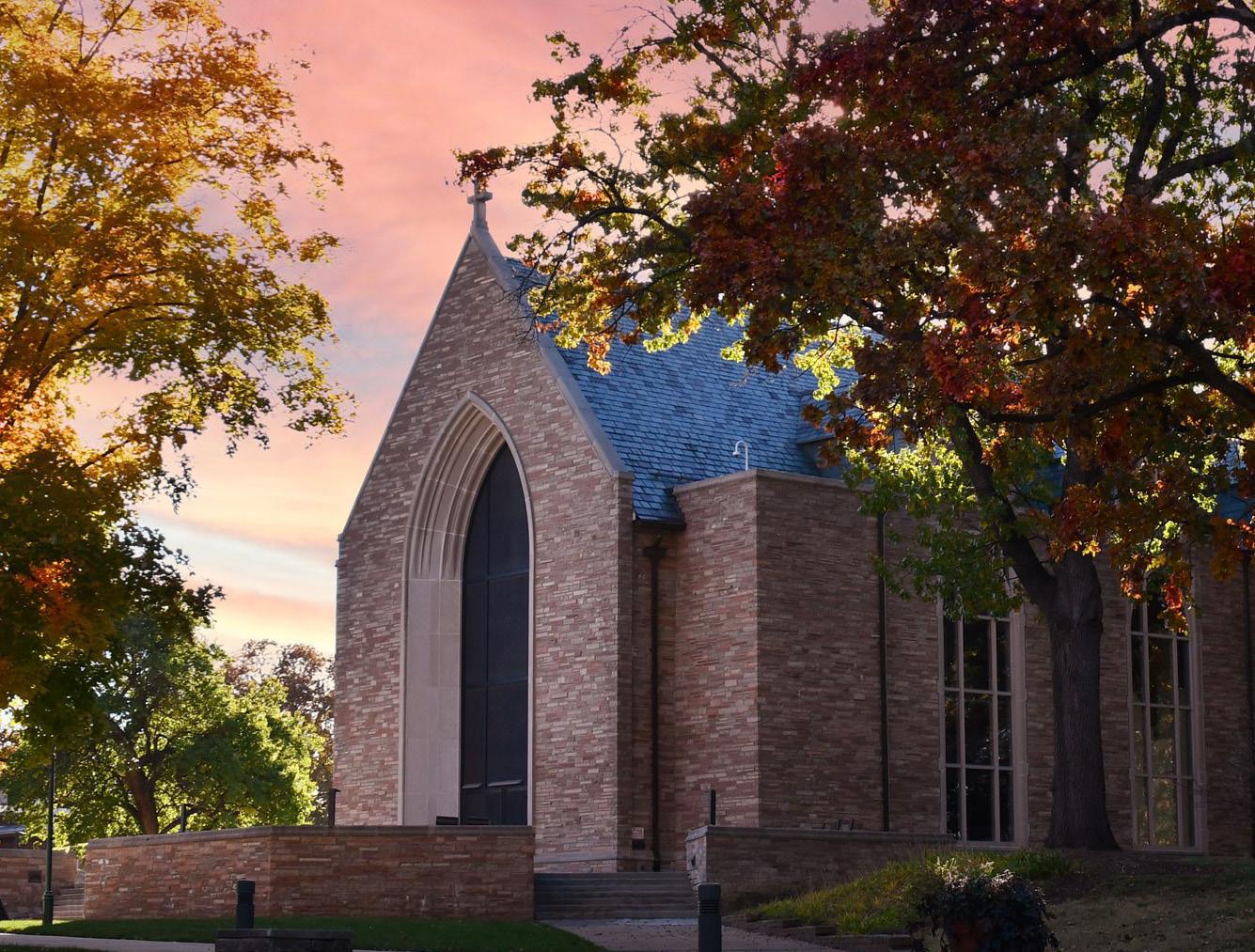
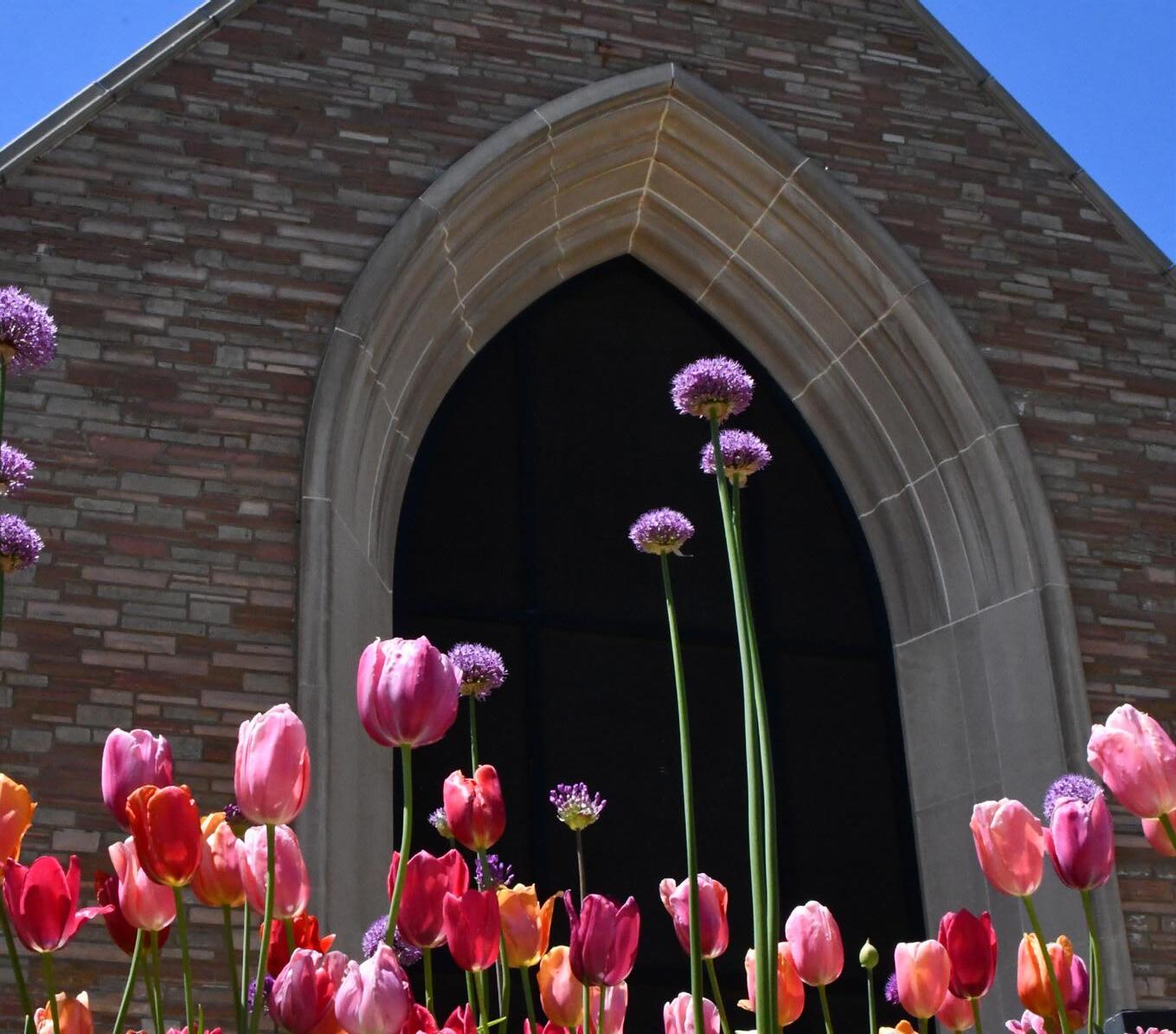
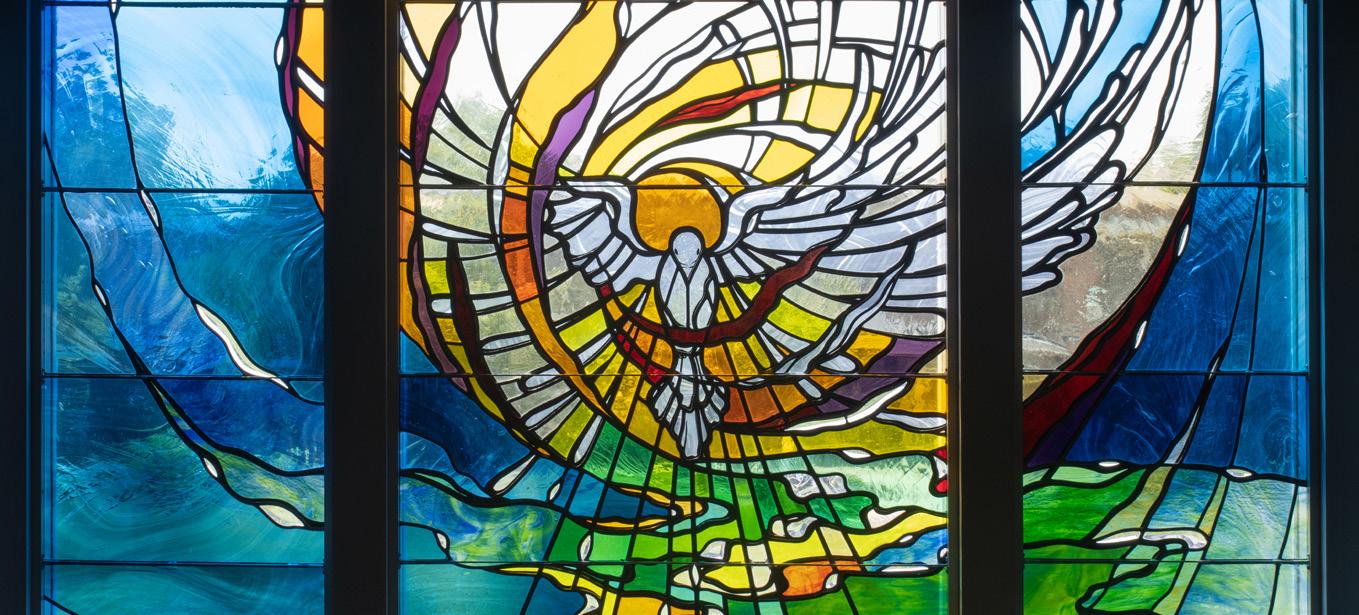
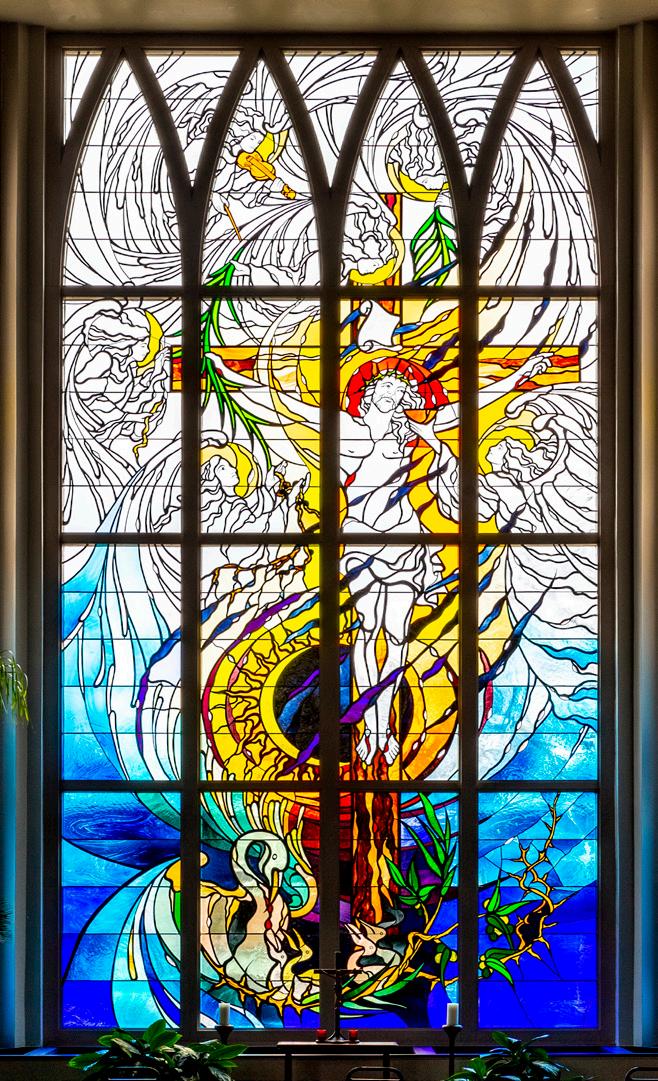
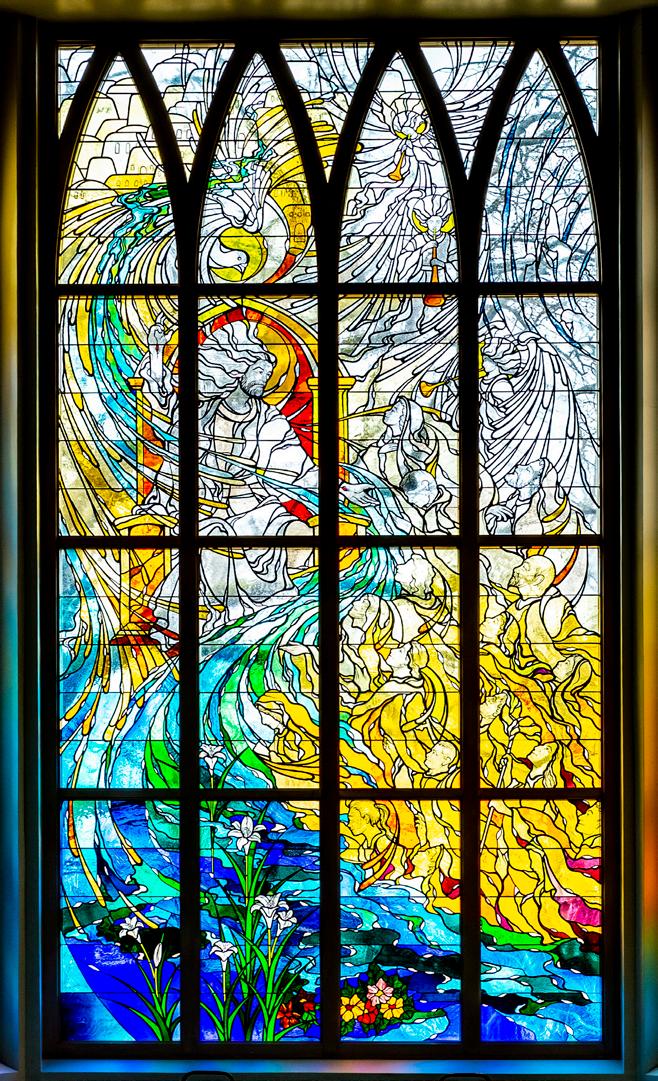
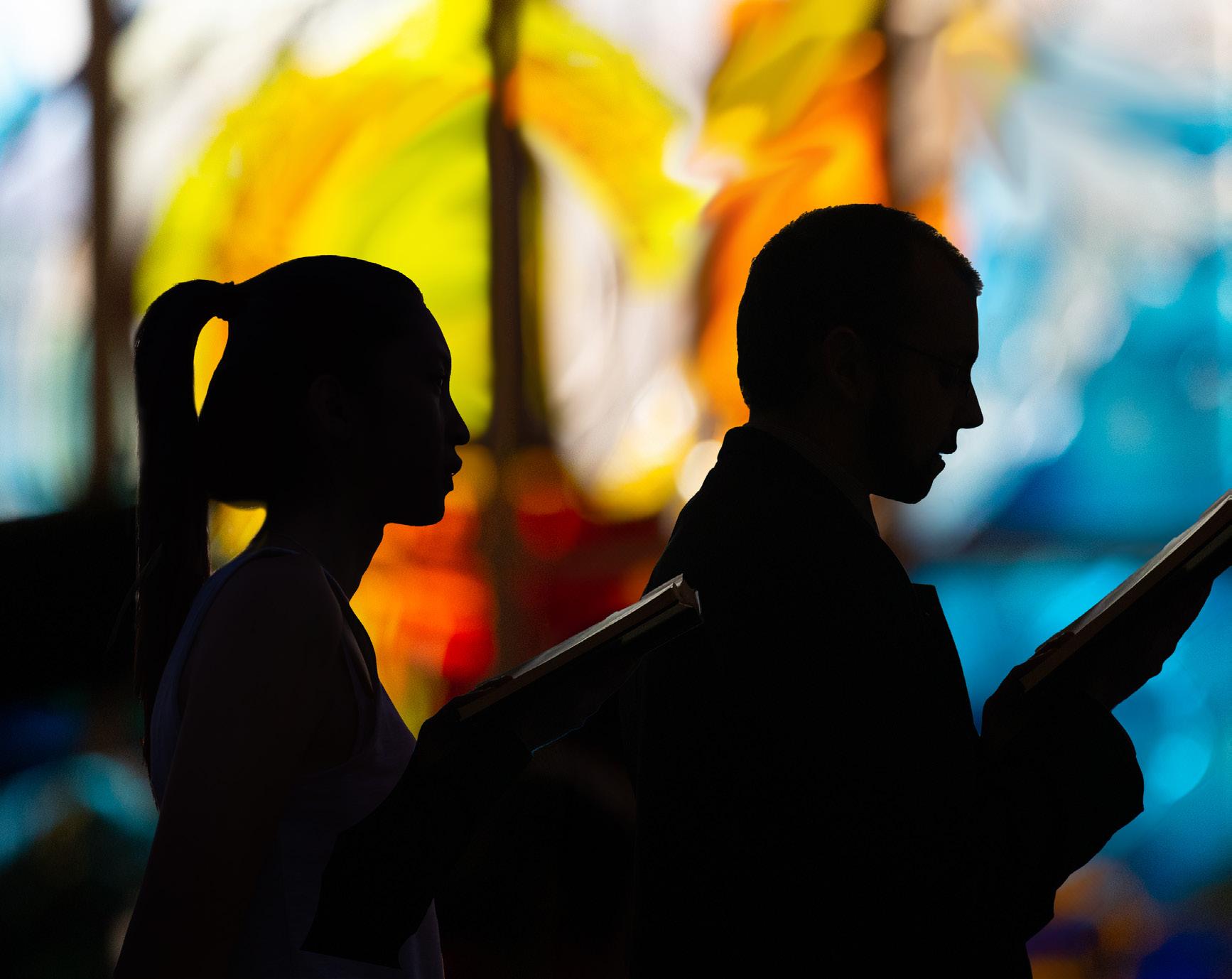

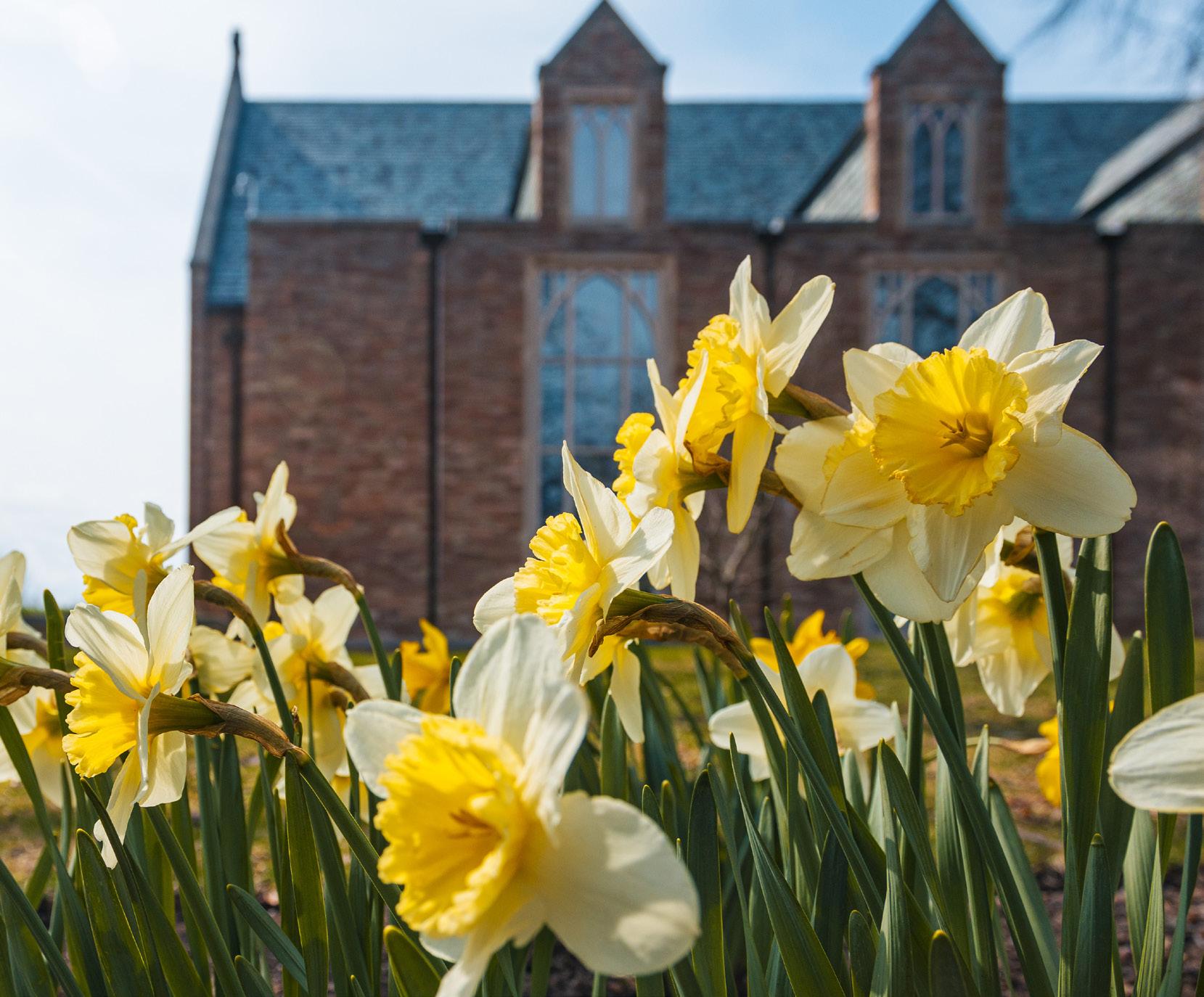
Farewell
Thank you for visiting and exploring some of the landmarks at Concordia Seminary, St. Louis! You can read more about our campus buildings and their namesakes at csl.edu/about/campus-landmarks.
Guided in-depth campus tours are available Monday through Friday by appointment only. Tours generally last one hour, but timing may vary depending on your schedule or other special requests. Tours are not available on Call Day or Commencement or when campus is closed. Campus is closed on holidays and for the week between Christmas and New Year’s Day.
To schedule a guided tour, complete a request form online at csl.edu/about/schedule-a-tour.
